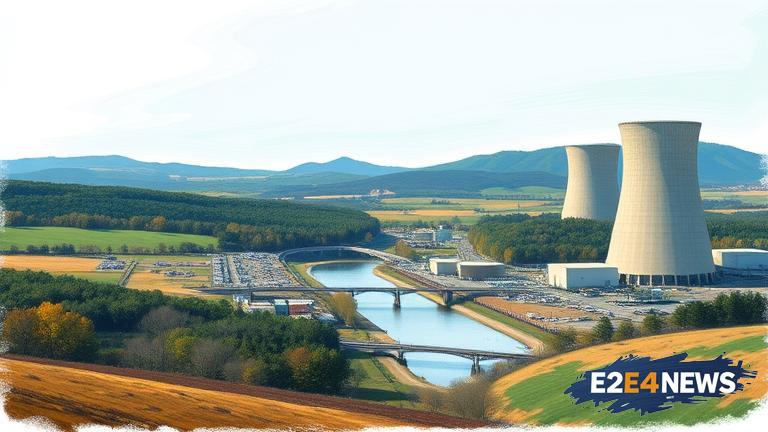The state of Virginia is facing an energy crisis, with demand for electricity expected to increase significantly in the coming years. To meet this demand, the state must consider all available options, including nuclear and natural gas. Despite the growing trend towards renewable energy sources, these two energy sources are still essential for providing baseload power and ensuring grid stability. Nuclear power, in particular, offers a reliable and efficient source of energy, with minimal greenhouse gas emissions. However, the high upfront costs and public perception of nuclear power have hindered its development in recent years. Natural gas, on the other hand, is a cleaner-burning fuel than coal and can be used to generate electricity, heat homes, and power vehicles. The use of natural gas can also help to reduce greenhouse gas emissions and improve air quality. Nevertheless, the extraction and transportation of natural gas have environmental and health concerns. To address these concerns, the state must implement strict regulations and monitoring systems to ensure that natural gas is extracted and transported safely. Furthermore, the state must also invest in energy efficiency measures and renewable energy sources, such as solar and wind power, to reduce its reliance on fossil fuels. However, these sources are intermittent and require backup power sources, such as nuclear and natural gas, to ensure a stable grid. The integration of nuclear and natural gas into the energy mix can also help to reduce energy costs and improve energy security. Additionally, the development of these energy sources can create jobs and stimulate local economies. In conclusion, Virginia must adopt a balanced approach to energy production, incorporating nuclear, natural gas, and renewable energy sources to meet its growing energy demand. This approach will require careful planning, investment, and regulation to ensure that the state’s energy needs are met while minimizing environmental and health impacts. The state’s energy policy must prioritize reliability, efficiency, and sustainability, while also addressing public concerns and perceptions. By doing so, Virginia can ensure a secure and prosperous energy future. The state’s energy landscape is complex and multifaceted, requiring a comprehensive and integrated approach to energy production and consumption. As the state moves forward, it must consider the role of emerging technologies, such as advanced nuclear power and carbon capture and storage, in reducing greenhouse gas emissions and improving energy efficiency. The state must also engage with stakeholders, including industry leaders, environmental groups, and local communities, to develop a shared vision for Virginia’s energy future. Ultimately, the state’s energy policy must be guided by a commitment to sustainability, reliability, and affordability, while also prioritizing the health and well-being of its citizens. By adopting a balanced and integrated approach to energy production, Virginia can meet its growing energy demand while minimizing its environmental footprint. The state’s energy future is uncertain, but with careful planning and investment, it can ensure a secure and prosperous future for generations to come. As the energy landscape continues to evolve, Virginia must remain adaptable and responsive to changing circumstances, while prioritizing the needs and concerns of its citizens. The development of nuclear and natural gas energy sources is critical to meeting the state’s energy demand, but it must be done in a responsible and sustainable manner. The state must also prioritize energy efficiency and conservation, while promoting the development of renewable energy sources. By doing so, Virginia can reduce its reliance on fossil fuels and minimize its environmental impacts, while ensuring a reliable and efficient energy supply. The state’s energy policy must be guided by a long-term vision, prioritizing sustainability, reliability, and affordability, while addressing the needs and concerns of its citizens.
